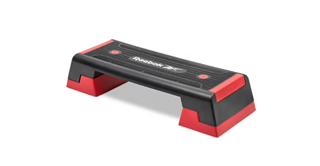Hi, my forerunner only gives me recommendations for base training (poor performance).
Sometimes I do intense training, sometimes anaerobic training, which lowers my HRV.
My question: If instead of the suggested base run I am in the suggested zone using, for example, equipment like this uploaded on screenshot (I am turning on cardio activity, not run).
So, over time, will the watch start suggesting more intense workouts?



